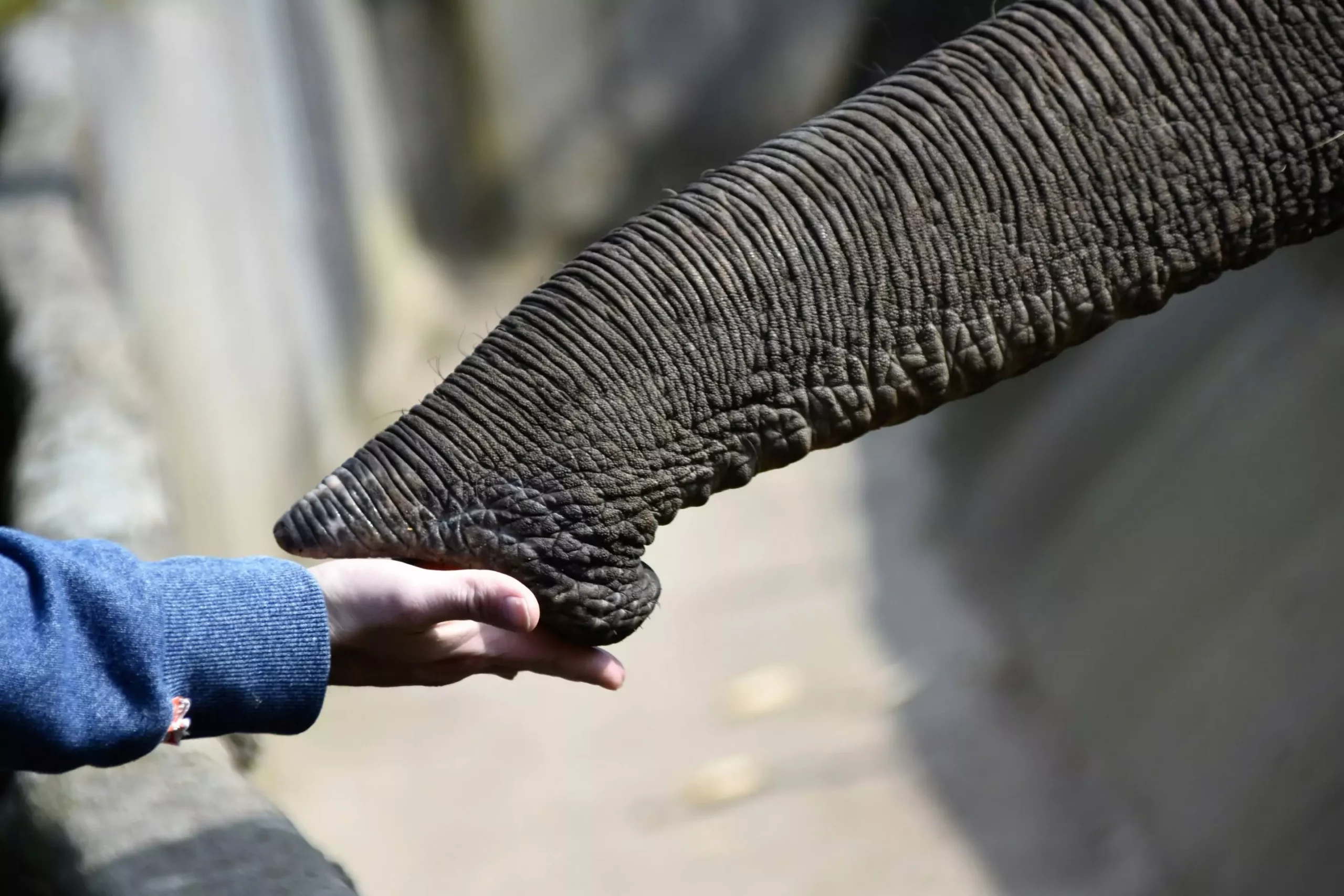The elephant’s trunk is a remarkable tool that serves a multitude of purposes, ranging from eating and drinking to social behavior and tool usage. It is a complex organ that contains six muscle groups, allowing for both strength and precision in its movements. Researchers have studied how elephants grasp objects using techniques such as suction, pinching with the trunk’s “fingers,” and wrapping the trunk around objects.
One particular study focused on understanding the maximum pinching force exerted by the tip of an elephant’s trunk. This research aimed to improve the design of robots by mimicking the capabilities of the trunk. The trunk, being mainly composed of muscles and lacking bones, possesses significant power, precision, and sensibility. The study found that the tip of the trunk, with its two finger-like protuberances, is capable of exerting a pinch force of 86.4 Newton, surpassing the pinch force of human fingers.
Applications in Robotics
The findings from the study have implications for the field of robotics, particularly in the development of soft grippers that can grasp objects with high precision. Soft grippers based on the elephant’s trunk can adapt to various environments by reconfiguring their shape, making them suitable for tasks in cluttered or unpredictable settings. These grippers play a crucial role in enabling robots to carry out activities such as minimally invasive surgeries, handling fragile objects in industries, exploring challenging environments, and harvesting delicate crops in agriculture.
Novel Device for Measurement
To measure the pinching force of an elephant’s trunk tip, researchers created a device equipped with force sensors connected to an electronic system. This device allowed them to record and analyze the force exerted by the trunk while engaging in grasping tasks. By setting predefined thresholds for force, researchers could evaluate the strength of the pinch and observe how the position of the trunk influenced the force output. The development of this device required meticulous testing and calibration to ensure accurate data collection.
The study not only contributed to advancements in robotics but also provided valuable insights into elephant behavior and habitat conservation. By understanding how elephants use their trunks to interact with the environment, researchers can assess the impact of environmental changes, such as climate change, on the feeding behavior of these animals. This knowledge is crucial for developing conservation strategies that mitigate the effects of habitat loss and fragmentation on elephant populations.
The research on elephant trunk grasping mechanisms sheds light on the incredible abilities of these animals and their significance in various fields. By studying the intricate movements and forces exerted by an elephant’s trunk, researchers can improve the design of robotic systems and contribute to the conservation of elephant species. The versatility and dexterity of the elephant trunk serve as a source of inspiration for bio-inspired technologies and innovative solutions in robotics and wildlife conservation.


Leave a Reply